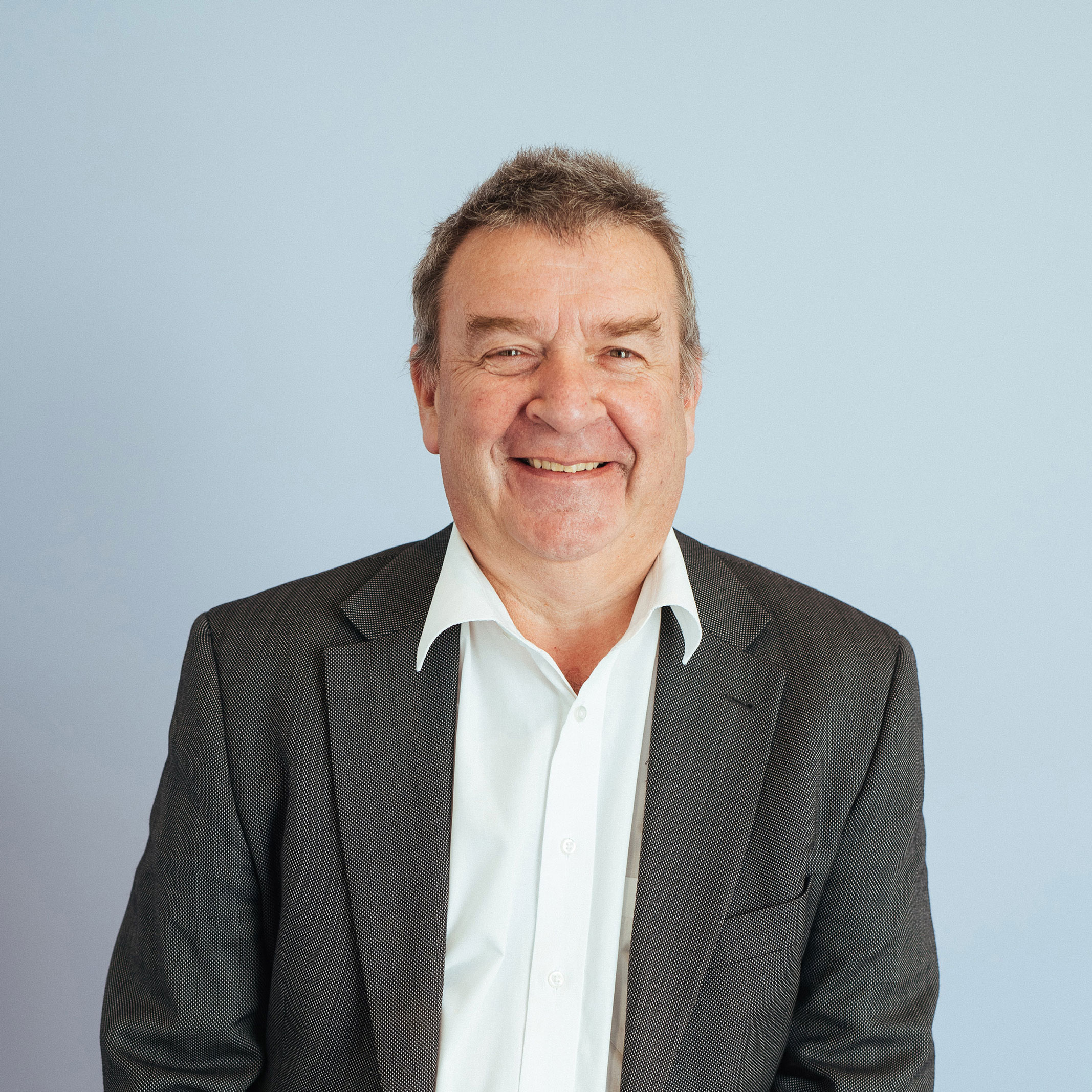
Martin Heffron
Executive Director
SMSFs were brought in from the cold when their name was changed from excluded funds to SMSFs on 1 July 1999. This changed the name from something that sounded rather elitist to something that appealed to the broad streak of self-reliance in Australian culture.
The SMSF sector had its 20th birthday this year so it’s opportune to look back and reflect on what has happened since.
At the time they were born, SMSFs were seen as tidying up a loose end for those small funds that still existed in the industry. There was an expectation in some quarters that they would slowly but surely disappear as money was moved from them and the smaller corporate funds into the new retail master trusts and industry funds.
It didn’t quite work out that way.
At the end of June 2000 there were just over 200,000 funds, with 377,000 members and total assets of around $70bn. At the end of September 2019 there were nearly 600,000 funds with 1,125,000 members and $750bn in assets. In the September 2019 quarter 5,778 funds were established and 114 were wound up. Despite the phenomenal growth over the years and the winding back of tax concessions for superannuation, the SMSF population is still growing at a rate of more than 20,000 per year. This pool of investments is internationally significant and attracts interest from money managers from around the world. In the last 20 years, the existence of the SMSF sector and the competitive advantages SMSFs have to offer forced other sectors in the industry to improve their game (eg, improve member investment choices) or lose funds under management. This has had a positive impact on the superannuation industry overall. Without this competitive tension some of these developments are unlikely to have happened.
This data begs the question then as to why SMSFs have been and continue to be such a popular choice for Australians.
Independence and control
This factor is supported by the hard data in the research and anecdotally. Australians are a resourceful and independent lot. They generally don’t like being told what to do. Nevertheless, in 1992, the Government told us that we had to save a compulsory proportion of our pay into superannuation. The community was expecting us to take increasing responsibility for funding our retirement incomes. In retrospect, given the Australian psyche, it’s not surprising that so many of us decided that if we were expected to take responsibility for our retirement then we wanted control over those investments and didn’t want any institutions involved. Given the results of the Hayne Royal Commission that lack of trust in institutions has been largely justified.
Flexibility
Having control over our superannuation also gives us the flexibility to invest in anything the law permits. This enables us to tailor those investments to our personal circumstances. For example, if we are investing in growth asset or our own businesses outside of superannuation then we might choose a very defensive investment approach within our SMSF to ensure that our overall portfolio is well balanced and diversified.
A platform for life
Once you have an SMSF, you needn’t change superannuation funds ever again. One of the few things we can be certain of in the superannuation space is that things will continue to change. Many superannuation funds that people currently belong to will close and/or merge with other superannuation funds. Default superannuation funds differ from employer to employer and financial planners often have a platform they prefer their customers to use. There is nothing inherently wrong with that but if you move funds whilst in accumulation phase there is a risk of capital gains tax and others costs that you either wouldn’t need to incur at all or could at least manage carefully if you had already established an SMSF and insisted on it being your superannuation platform for life. if you’re not in an SMSF, events beyond your control can force you into a change of super fund. For example, your adviser retires, your existing adviser changing investment platform or employer etc. The timing of this change might not suit you. Change can also result in the loss of concessions that exist under older rules also potentially means you lose grandfathering of old rules. For example, major changes to the Commonwealth Seniors Health Card (CSHC) were made on 1 January 2015 that make it highly undesirable to move pre-2015 pensions to a new superannuation fund. Doing so will often cause people who are currently entitled to the card to lose it at the time they make the change. SMSF members are safe here – they can change almost everything about their super (the investments, the investment platform, accountants, advisers) without stopping their pensions and losing this grandfathering.
What of the future
SMSFs are vehicles for financially engaged Australians who want control over their retirement income planning. The future is bright because of the factors summarised below:
- The fall-out from the Hayne Royal Commission will improve the overall quality of financial advice and planners will generally not be as wedded to their dealership’s platforms as before;
- Overall financial literacy within the community will improve. This develops confidence and SMSFs are the logical vehicle for engaged and informed superannuants.
Conclusion
The Australian superannuation environment has changed a great deal over the last 20 years. The SMSF community has grown far beyond anyone’s expectations during that period and made a hugely positive contribution to many retirees and the industry generally. Nothing is for certain in this world (particularly when it comes to superannuation) but having your own platform for life provides some protection from the vagaries of changing governments and policies.
This article is for general information only. It does not constitute financial product advice and has been prepared without taking into account any individual’s personal objectives, situation or needs. It is not intended to be a complete summary of the issues and should not be relied upon without seeking advice specific to your circumstances.



